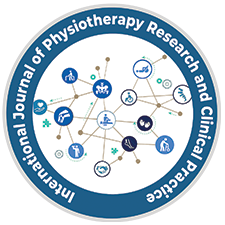


International Journal of Physiotherapy Research and Clinical Practice
DOI: 10.54839/ijprcp.v2i1.isaac
Year: 2023, Volume: 2, Issue: 1, Pages: 12-15
Original Article
Samuel Paul Isaac1
1Krupanidhi College of Physiotherapy, Bangalore, Karnataka, India
Objective: Hemiplegic stroke patients often face challenges in maintaining postural control, which significantly affects their recovery, balance, and quality of life. Postural control deficits can persist even in patients with good balance scores on standardised tests, highlighting the importance of specific assessment tools.The purpose of this study was to determine how useful the Postural Assessment Scale for Stroke (PASS) is for evaluating postural control in stroke patients who have suffered hemiplegia. Methods: A cross-sectional investigation was carried outusing the PASS to assess static and dynamic postures in 25 acute and subacute hemiplegic stroke patients. Statistical analysis was performed to examine correlations between age, gender, and postural control. Findings: This study found a strong negative correlation between age and postural control, with older patients exhibiting poorer postural control. Gender differences were not statistically significant. The mean PASS score was 21.76, indicating significant challenges in postural control among the patients. Novelty: This study highlights the PASS's potential in rehabilitation settings for tailored, individualized care plans by demonstrating its predictive value for postural control in hemiplegic stroke patients.
Keywords: Hemiplegic Stroke, Postural Control, PASS, Balance
@ 2023 Published by Krupanidhi College of Physiotherapy. This is an open-access article under the CC BY license (https://creativecommons.org/licenses/by/4.0/)
Subscribe now for latest articles and news.